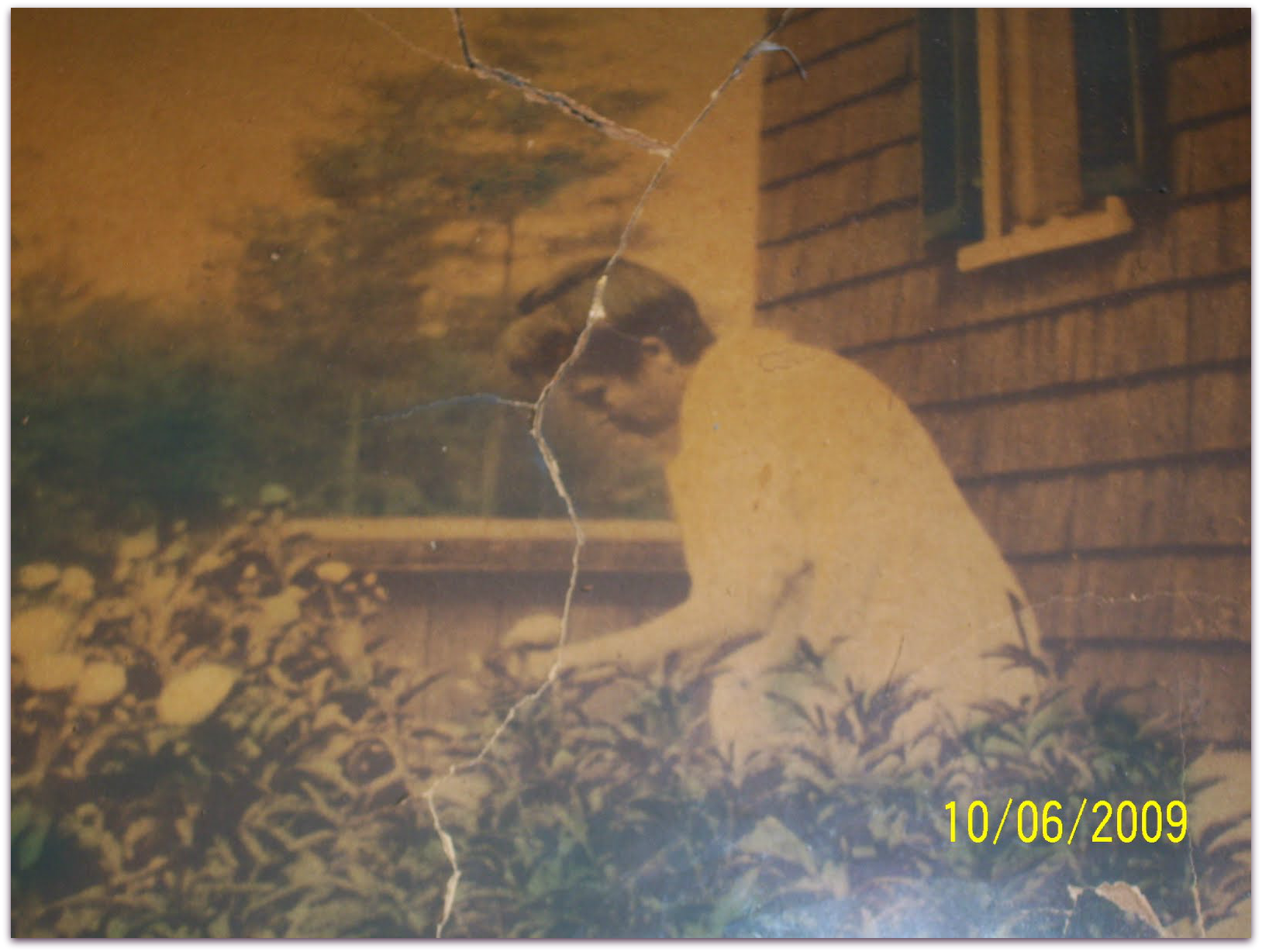Would you like to contribute something to your local genealogical society newsletter or a magazine? It’s easier than you think. All it takes is passion for the subject, and good grammar and punctuation. Here are a few tips to keep in mind as you get started: Read the submission guidelines Is ...
Genealogy
The Importance of Radical Empathy with DNA Matches
You log in to your various DNA tests to see what's shaking, and see something exciting: a new close relative match! It's not a name you recognize, but that makes the new match that much more exciting, yes? So you send out the message you have used time and again with new or particularly intriguing ...
Brick Wall or Research Question?
This year, I've decided it's time to be more specific about exploring my brick wall ancestors, as well as those who aren't brick walls, but leave me with questions. Sometimes, it's easy to mix up the two. What we think is a brick wall might actually be a research question, one that's easily answered ...
Transcripts vs. Original Records
It seems I'm on a roll with sharing my thoughts in 2020! As it turns out, I'm also on a roll with finding Italian records. You see, I have two "sets" of Italian ancestors, both maternal. My mom's parents each have one Italian parent. And those Italian parents are from completely opposite "ends" of ...



